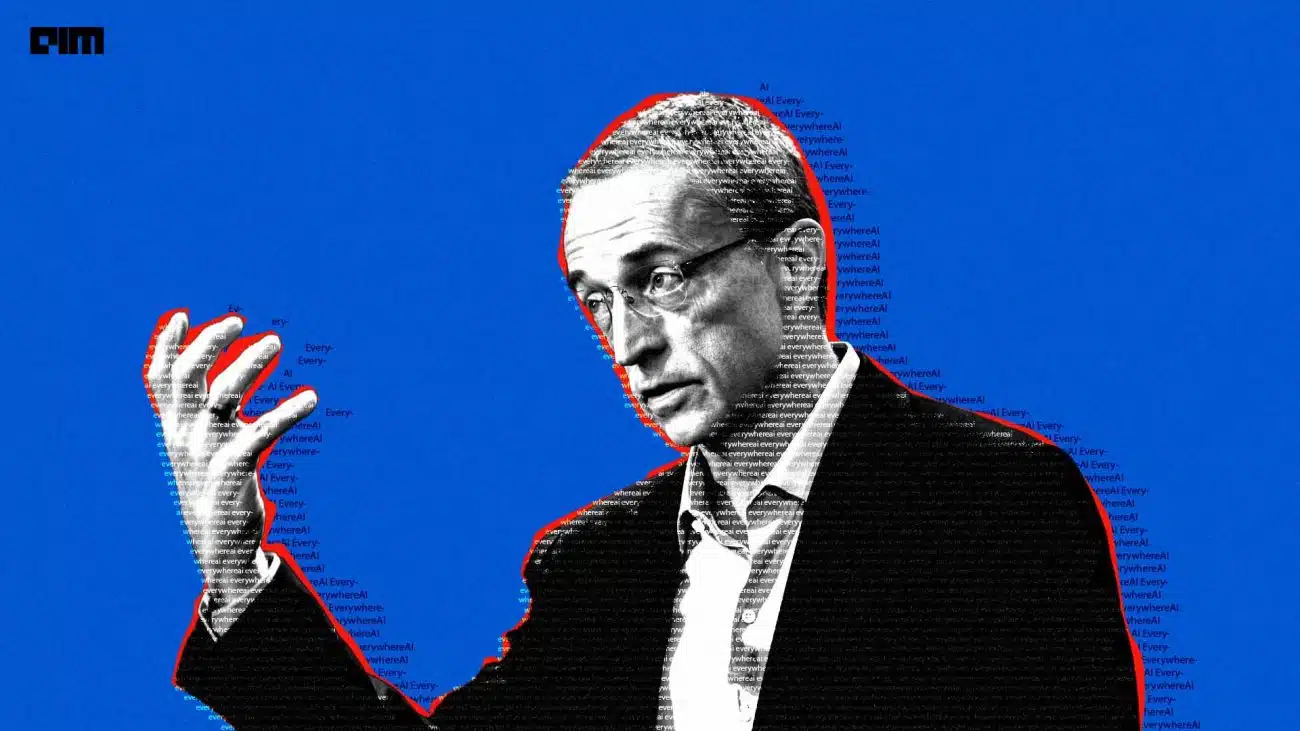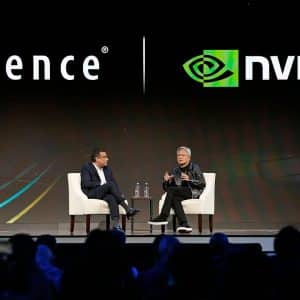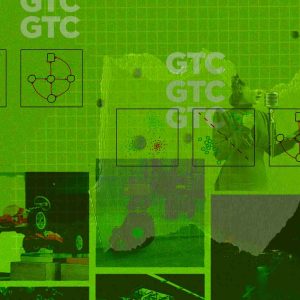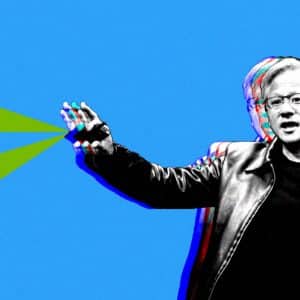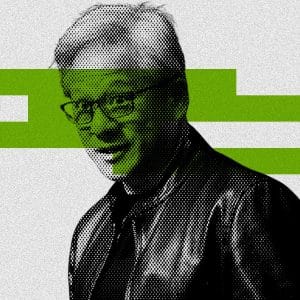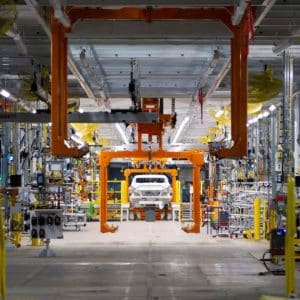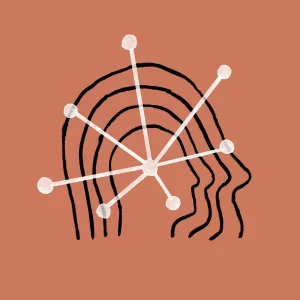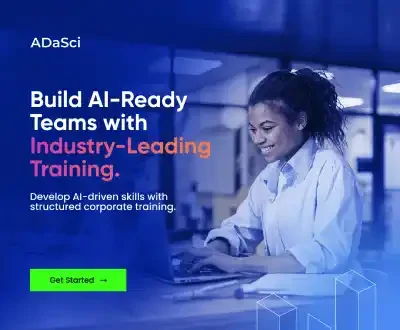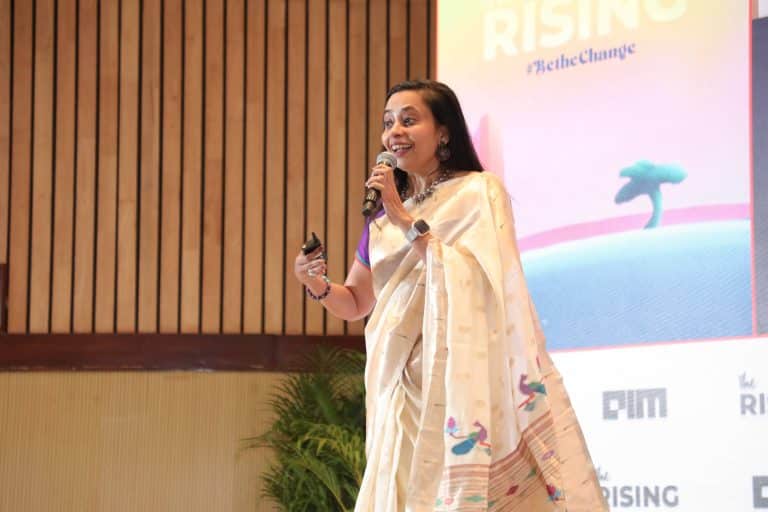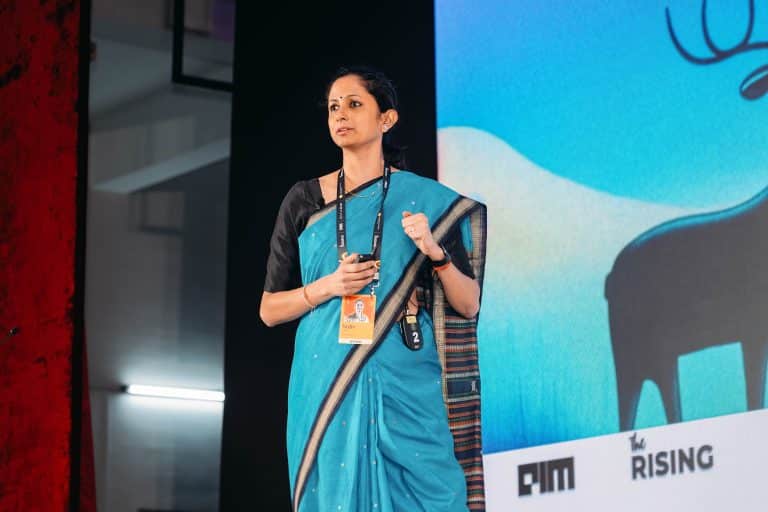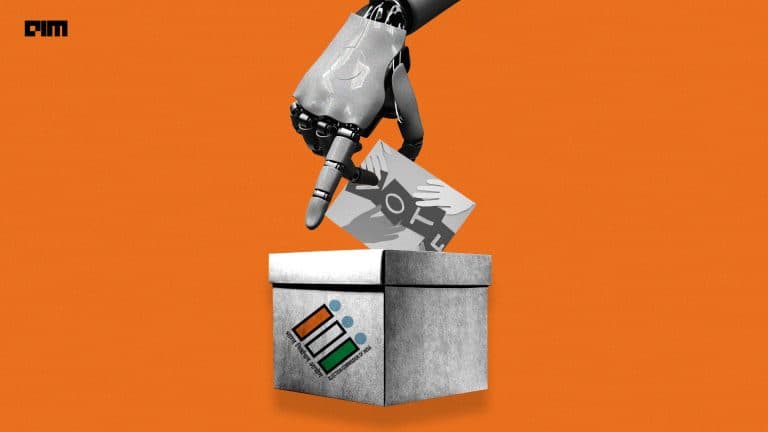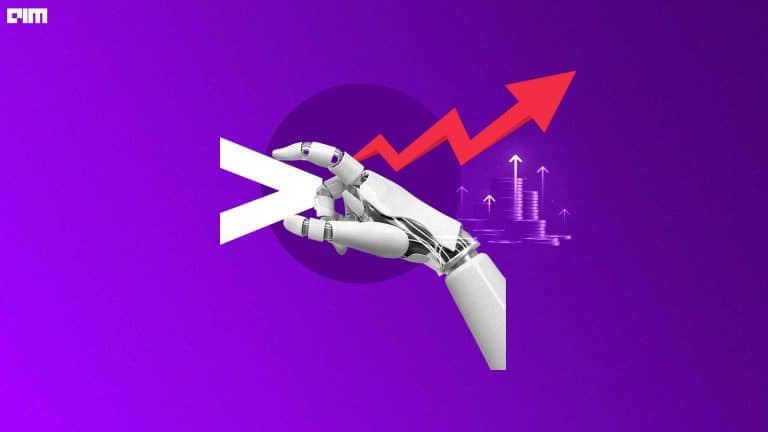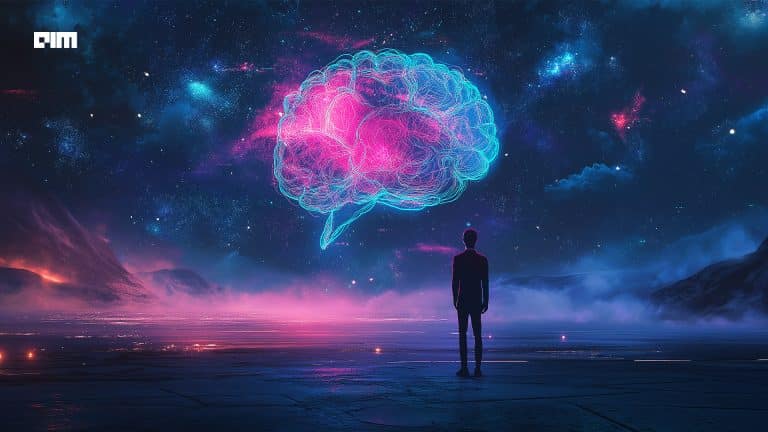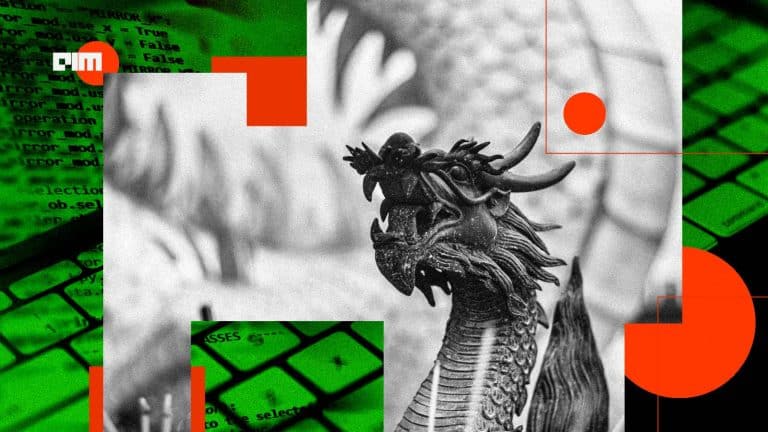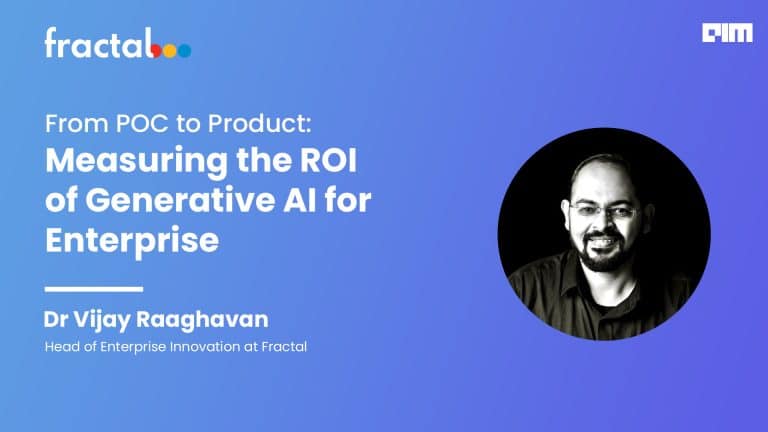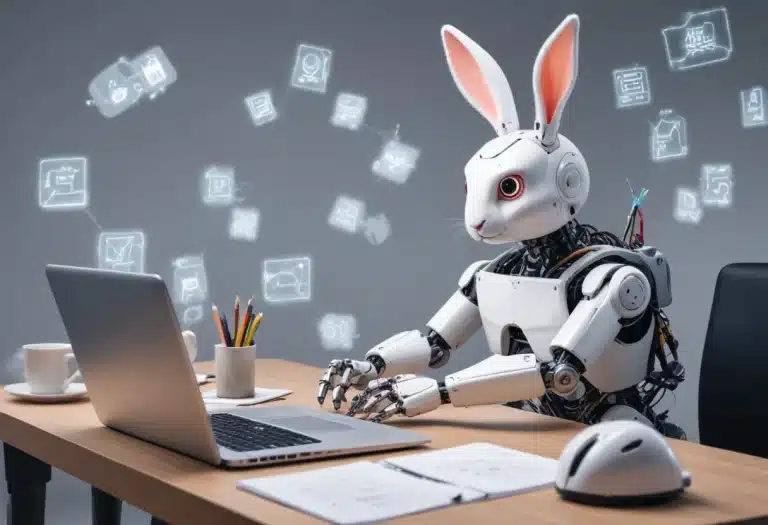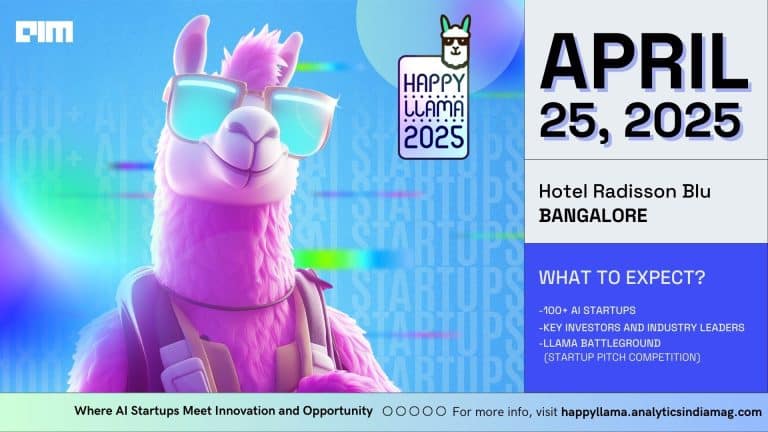At NVIDIA’s GTC 2025 event on Tuesday, the company delivered a variety of new advancements across AI hardware, personal supercomputers, self-driving cars, and humanoid robots. Moreover, the event took an unexpected turn when an unlikely guest made an appearance.
Surely, if Pat Gelsinger was still the CEO of Intel, there’s no way he’d be seen mingling with CEO Jensen Huang at an NVIDIA event. That said, Gelsinger certainly didn’t hold back and offered a few strong takes on the industry.
He participated in a panel discussion alongside the hosts of the Acquired podcast and several other industry experts. While Gelsinger applauded NVIDIA’s accomplishments in the present era of AI, he disagreed with Huang on certain key issues—specifically, the timeline for the arrival of quantum computing and the use of GPUs for inference.
‘Data Centres Will Have CPUs, GPUs, and QPUs’
Gelsinger, who is notably bullish on quantum computing, stated that it could be realised within the next few years.
This stands in contrast to Huang’s comments earlier this year, where he said that bringing “very useful quantum computers” to market could take anywhere from 15 to 30 years. His statements triggered a massive selloff in the quantum computing sector, wiping out approximately $8 billion in market value.
“I disagree with Jensen,” said Gelsinger, adding that the data centres of the future will have quantum processing units (QPUs) handling workloads, along with GPUs and CPUs.
Similar to how GPUs are deployed to handle tasks for training AI models in language and human-like behaviour, Gelsinger believes it is only appropriate to have a quantum computing model for the complex parts of humanity. “Most interesting things in humanity are quantum effects,” he said.
He added that many unsolved problems today run on quantum effects, and quantum computers would help realise many ideas like superconducting, composite materials, cryogenics and medical breakthroughs, among others.
“That’s why this is a thrilling time to be a technologist. I just wish I was 20 years younger to be doing more,” he said.
While Gelsinger differs from Huang, he shares an optimistic view with Microsoft co-founder Bill Gates and Google.
“There is a possibility that he (Huang) could be wrong. There is the possibility in the next three to five years that one of these techniques would get enough true logical qubits to solve some very tough problems,” said Gates to Yahoo Finance.
Besides, even Microsoft and Amazon have already taken major strides in quantum computing within the first three months of the year. On the flipside, Meta CEO Mark Zuckerberg resonated with Huang. “My understanding is that [quantum computing] is still ways off from being a very useful paradigm,” Zuckerberg had said in a podcast episode a few months ago.
Ironically, NVIDIA does seem to have huge plans for quantum computing. The company announced at the GTC event that it is building a Boston-based research centre to advance quantum computing.
‘Huang Got Lucky With AI’
Besides, Gelsinger clarified that he isn’t a fan of GPUs for AI model inference—the process in which a pre-trained AI model applies its learnings to generate outputs.
He reflected on the early days when a CPU, or a cluster of them, was the undisputed “king of the hill” for running workloads on computer systems. When Huang decided to use a graphics device (GPU) for the same purpose, Gelsinger said that, in the end, he “got lucky” with AI.
While he acknowledged that AI and machine learning algorithms demand the GPU architecture, which is where most of the developments are being made today, he also pointed out, “There’s a lot more to be done, and I’m not sure all of those are going to land on GPUs in the future.”
While GPUs work well for training, Gelsinger added that there needs to be a more optimised solution for inference. “A GPU is way too expensive. I argue it’s 10,000 times too expensive to fully realise what we want to do with the deployment of inference of AI.”
His sentiments are also reflected by the growing ecosystem of inference-specific hardware that is overcoming the inefficiencies posed by GPUs. Companies like Groq, Cerebras, and SambaNova have achieved tangible and useful real-world results for providing high-speed inference.
For instance, French AI startup Mistral recently dubbed its app ‘Le Chat’ the fastest AI assistant by deploying inference on Cerebras’ hardware.
Even Huang has acknowledged this in the past. In a podcast episode last year, he said that one of the company’s challenges is to provide efficient, high-speed inference. Having said that, companies working on AI inference hardware may not compete with NVIDIA after all.
Jonathan Ross, CEO of Groq, said, “Training should be done on GPUs.” He also suggested that NVIDIA will sell every single GPU they make for training.
All things considered, Gelsinger’s first outing post-resignation involved several strong statements. However, it remains clear that he’s still a massive fan of Huang and the work NVIDIA has accomplished.
When DeepSeek made a significant impact on NVIDIA’s stock price, Gelsinger argued that the market reaction was wrong. He also revealed that he is an NVIDIA stock buyer, expressing that he was “happy” to benefit from the lower prices.


